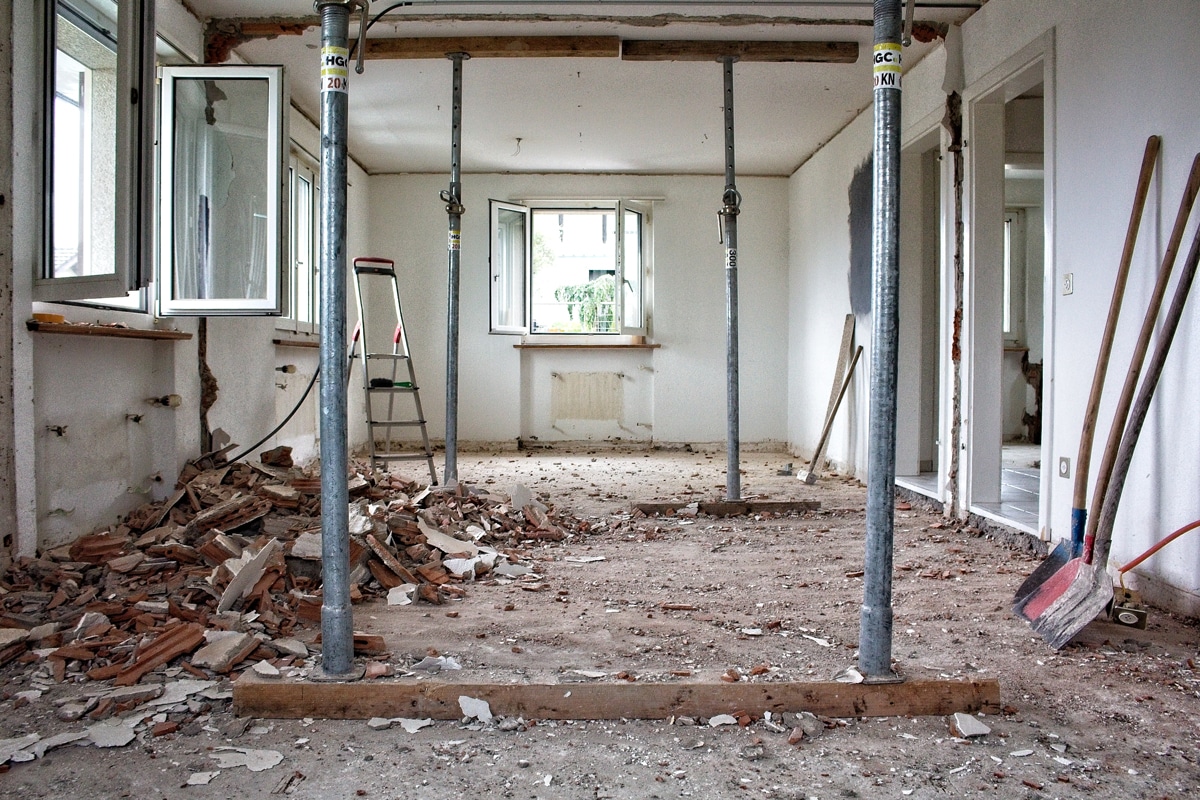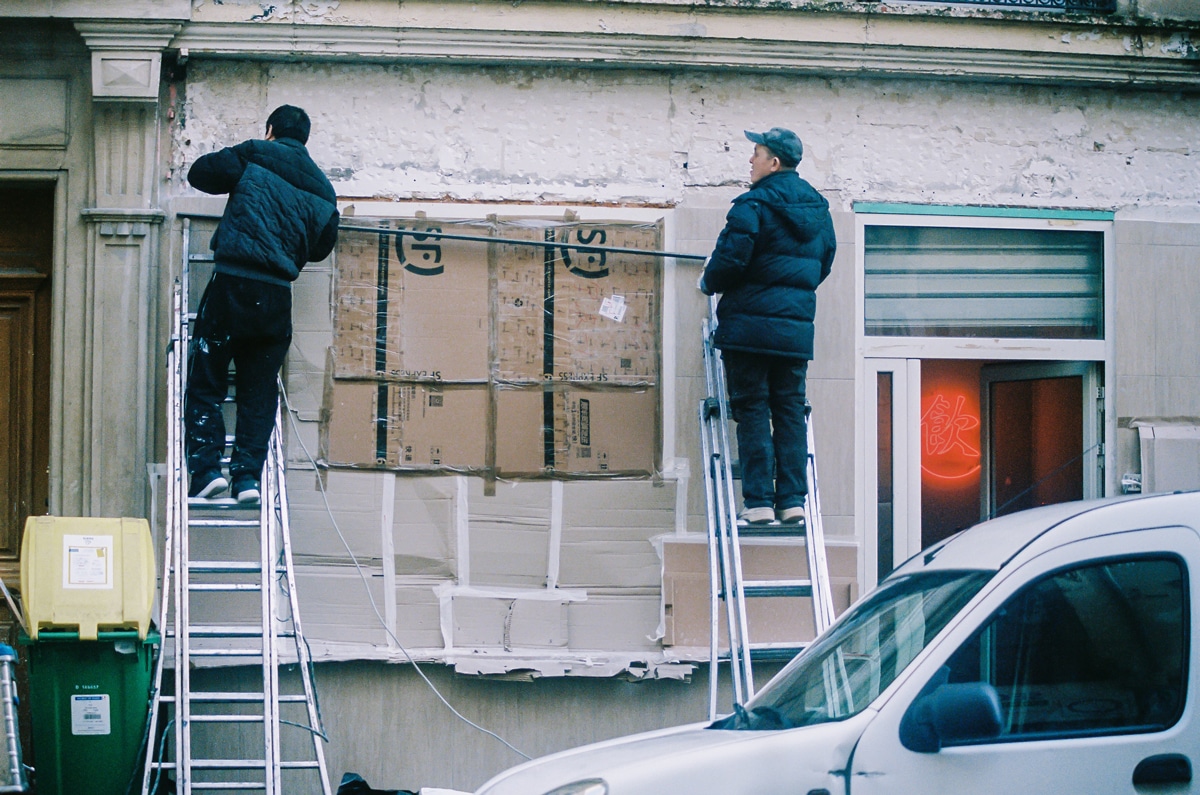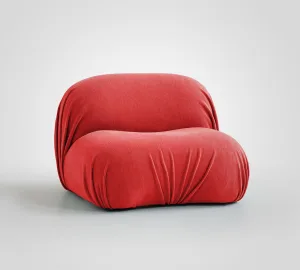Everyone knows that buying a fixer-upper can be a great way to get a deal on a home. But what they don’t always realize is that fixing up a fixer-upper can be a huge undertaking. If you’re not prepared, it can cost you time, money, and your sanity.
That’s why we’ve put together this 10-step guide to help you make the most of your fixer-upper, and we also suggested some steps to make it more environmentally friendly. By following these steps, you’ll be able to save money, avoid costly mistakes and turn your fixer-upper into the home of your dreams. Plus, you will do your part to help the environment.
Your 10-Step Guide To Fix Up Your Fixer-Upper
1. Assess the damage.
The first step is always to assess the damage. How bad is it? Is it just cosmetic, or are there structural issues? If it’s the latter, you may want to consider calling in a professional before proceeding any further.
2. Make a plan.
Once you know what needs to be done, it’s time to make a plan. This is where you’ll decide what needs to be done first, what can be done later, and what you’re going to need help with. Consider getting a project manager to help you with this, especially if it’s a large-scale project.
3. Get some estimates.
If you’re not sure how much something is going to cost, it’s always a good idea to get an estimate from a professional. This will help you budget your money and make sure you’re not spending more than you have to.
4. Start with the easy stuff.
Once you have a plan and a budget, it’s time to start tackling the easy stuff. This is usually cosmetic work that doesn’t require any special skills or knowledge. You can DIY it if you feel confident, or you can hire someone to do it for you.
5. Work your way up.
After you’ve taken care of the easy stuff, it’s time to start working your way up. This is where you’ll start doing things that require more skill or knowledge, like fixing plumbing or electrical issues. The biggest issues with the older properties are usually hidden, so it’s important to take your time and make sure everything is fixed correctly.
6. Ask for help when you need it.
There’s no shame in asking for help when you don’t know how to do something. In fact, it’s often the best way to get the job done right. Friends or family would be more than happy to help you out, and there are also plenty of professionals who can help you with specific tasks. Freelancers are easily found online, and they can often be hired for a very reasonable rate.
7. Don’t be afraid to spend money.
Fixer-uppers can be expensive, but it’s important not to be too stingy with your money. Sometimes it’s worth spending a little extra to get the job done right. Stick to your budget as far as possible but have some wiggle room for unexpected costs.
8. Take your time.
Don’t try to do everything all at once. Rome wasn’t built in a day, and your fixer-upper shouldn’t be either. Work on one thing at a time and take your time to do it right. Slow and steady wins the race.
9. Be prepared for the unexpected.
There’s always a chance that something will go wrong during the course of your project. That’s why it’s important to have a contingency plan in place in case something does happen. Make sure you have some extra money set aside for unexpected expenses and try to have a flexible timeline so you’re not rushed if something does go wrong.
10. Have fun with it.
At the end of the day, remember that this is supposed to be fun. It’s okay if things don’t go perfectly according to plan. Just enjoy the process and learn from your mistakes. Fixing up a fixer-upper is a practical and creative adventure and a great opportunity to learn some new skills.
Now that you have your guide, let’s take a look at how you can go more ‘green’ while updating your fixer-upper.
Environmentally-Friendly Considerations When Fixing Up Your Home
Every year, millions of tons of construction debris end up in landfills. This includes everything from drywall to cabinets to carpeting. And it’s not just bad for the environment—it’s also bad for your wallet.
Fortunately, there are a few things you can do to make your fixer-upper more environmentally friendly:
1. Use recycled materials.
If possible, try to use recycled materials whenever possible. This includes things like reclaimed wood, recycled drywall, and recycled insulation.
2. Donate or sell unused materials.
Don’t let perfectly good materials go to waste. If you have any leftover materials that you’re not going to use, consider donating them to a local Habitat for Humanity or selling them online.
3. Use low-VOC paints and stains.
VOC stands for volatile organic compounds. These are chemicals that can be released into the air, and they’re bad for both your health and the environment. Look for low-VOC or no-VOC paints and stains to minimize your impact.
4. Be energy-efficient.
One of the best ways to make your home more environmentally friendly is to make it more energy-efficient. This includes things like sealing up cracks and insulating your walls and attic. You can also install energy-efficient windows, just search online for ‘home window replacement near me’ and choose a reputable professional for the work.
5. Consider solar power.
If you’re really serious about going green, you may want to consider solar power. This can be a big investment, but it’ll save you money in the long run—and help the environment too. Even if you start with a small area, solar can really make a difference.
6. Educate yourself.
The best way to make your fixer-upper more environmentally friendly is to educate yourself about green building practices. There are plenty of resources available online, so do some research and learn as much as you can.
7. Hire an eco-friendly contractor.
If you’re hiring someone to help you with your project, make sure they’re eco-friendly too. This means they should use recycled materials and low-VOC paints and stains. They should also be willing to answer any questions you have about their methods.
8. Get creative.
There are plenty of ways to make your fixer-upper more environmentally friendly. So get creative and see what you can come up with. There’s no wrong way to do it, as long as you’re making an effort to be green.
9. Do your part and educate others
Remember, you can’t do everything all at once. But if everyone does their part, we can make a big difference. So start with small steps and see where it takes you. You can also educate your friends and family about the importance of going green. The more people we can get on board, the better.
10. Have fun with it.
Making your fixer-upper more environmentally friendly should be enjoyable, so have fun with it. There’s no need to feel overwhelmed or stressed out. Just take things one step at a time and enjoy the process.
There You Have It
Going green doesn’t have to be difficult or expensive. Just use some of the tips and tricks from this guide and you’ll be well on your way to a more eco-friendly fixer-upper. Plus, you’ll be doing your part to help the environment and save money in the long run.







